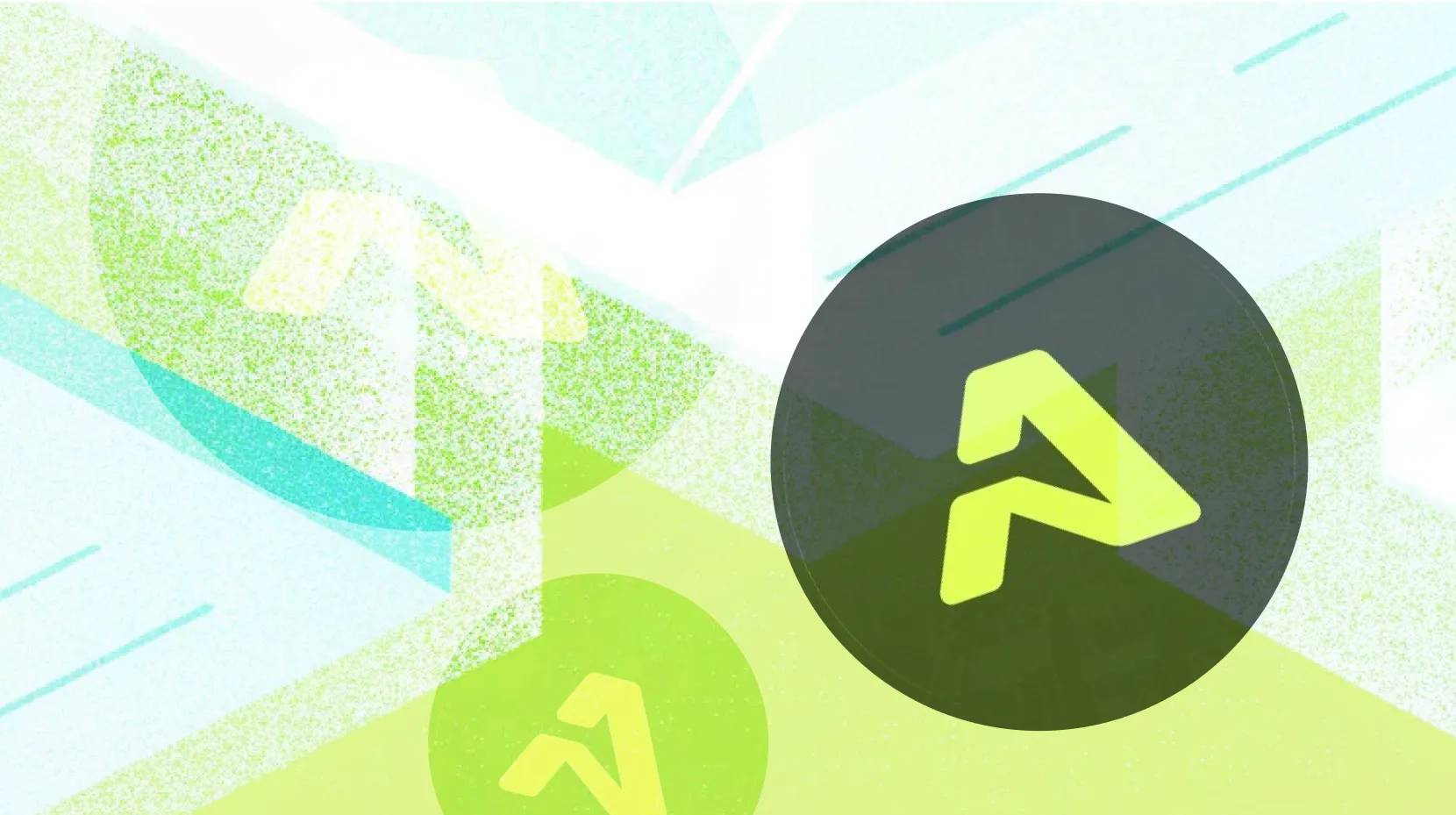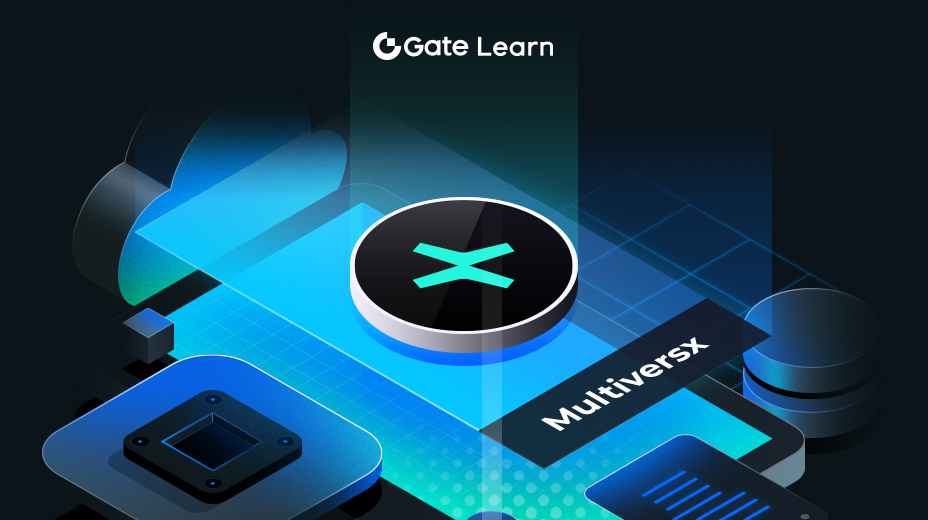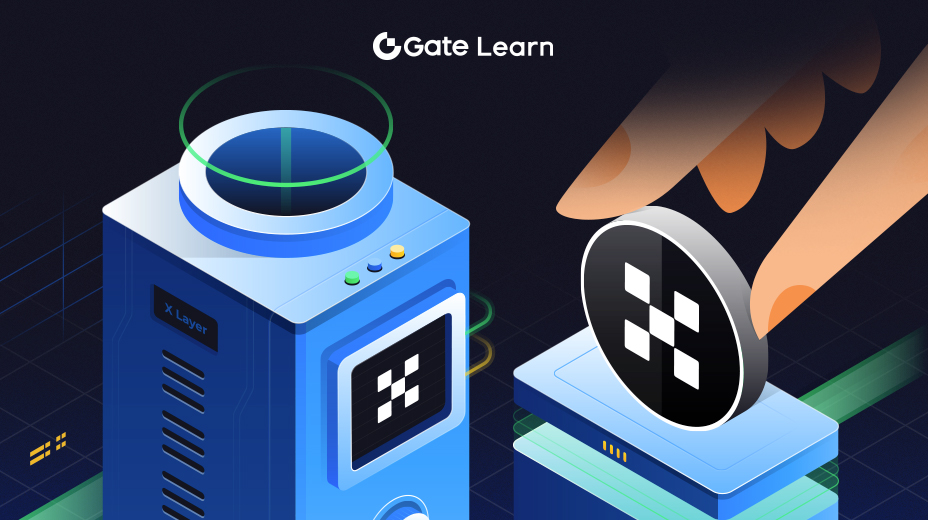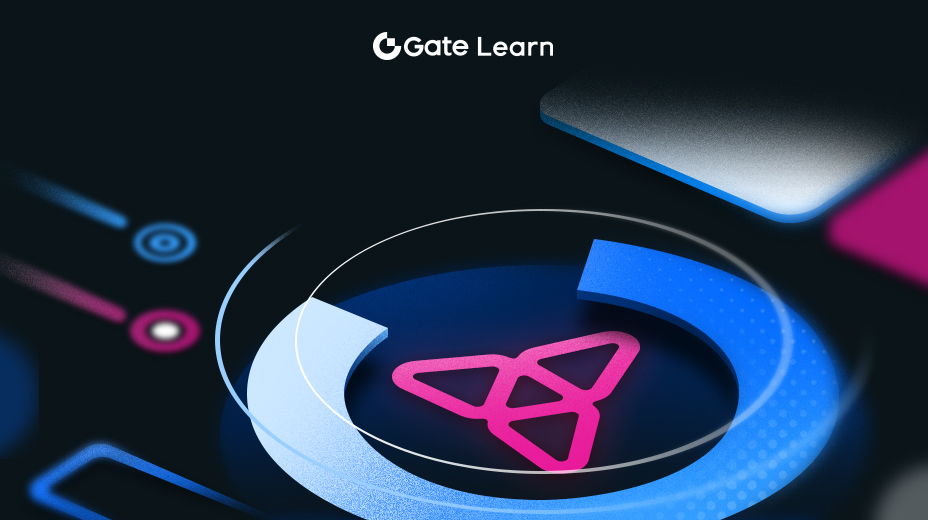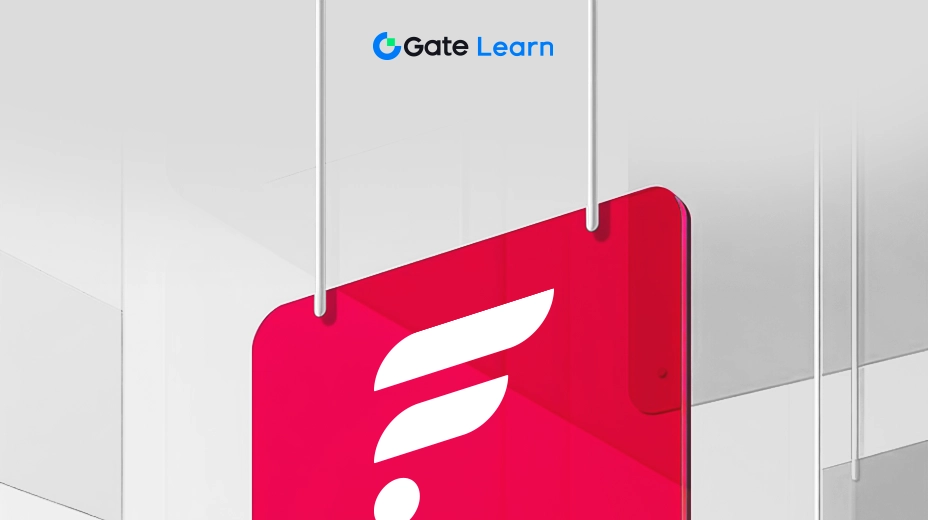Linea 介绍
本模块概述了 Linea 区块链,详细介绍了 Linea 与以太坊虚拟机(EVM)的集成、零知识证明(ZKP)在增强交易隐私方面的应用以及它的网络架构。我们将探索 Linea 生态系统的基本知识和关键组件,以便理解其运行方式和功能。
Linea 概述

Linea 是一个加密货币网络,可以改善以太坊区块链的可扩展性和成本效益。它与以太坊虚拟机 (EVM) 集成,使现有和新的应用程序都能以更低的资源需求更有效地运行。
这种集成使应用程序无需重大修改即可更好地运行,从而促进了采用和实施,降低了交易成本并加快了处理速度,这对于需要高交易吞吐量的应用程序来说非常重要。
Linea 采用零知识汇总 (zk-rollup) 技术,这是一种将多个交易聚合为单个交易的 Layer-2 解决方案。这种技术减轻了以太坊主网的负载,从而降低了 Gas 费用并加快了交易处理速度。
Linea 通过提高效率和降低成本来支持现有的以太坊基础设施,同时还通过更具可扩展性和经济性的区块链解决方案鼓励创新。

Linea 由 ConsenSys 开发。ConsenSys 是一家领先的区块链技术公司,以创造全球广泛使用的以太坊钱包之一 MetaMask 而知名。与 ConsenSys 的关系为 Linea 提供了坚实的基础和信誉,并利用了母公司丰富的专业知识和资源。MetaMask 的成功和大规模采用突显了 Linea 在现有以太坊生态系统中集成的潜力,并从 ConsenSys 产品的信任和可靠性中受益。
目前,Linea 没有自己的代币,这使其区别于许多其他发行代币以促进交易和激励参与的区块链网络。没有原生代币意味着 Linea 依赖于现有的以太坊基础设施来运行,这可以通过不要求用户管理额外的代币来简化用户体验。这种方法还强调了 Linea 更关注提高以太坊本身的可扩展性和效率,而不是引入新的复杂层。
尽管没有原生代币,但 Linea 社区对潜在的未来空投却非常感兴趣。空投是向大量钱包地址分配加密货币代币的一种方式,通常用作营销工具或奖励早期采用者和社区成员。空投的可能性吸引了许多爱好者和投机者加入 Linea,希望将来能获得代币。这种兴趣可以帮助推动用户参与和采用,因为潜在的空投会激励用户积极参与 Linea 的生态系统。
Linea 的架构
Linea 使用零知识证明 (ZKP,zero-knowledge proof) 这种密码学技术。零知识证明允许一方(证明者)向另一方(验证者)证明他们知道某个值或某个陈述为真,而无需泄露除该知识存在之外的任何信息。这种技术有助于维护 Linea 网络内的隐私和安全性。
在 Linea 的应用中,零知识证明用于验证交易,而无需暴露这些交易的细节。

具体的工作原理如下:
- 交易验证:当用户在 Linea 上发起交易时,并不会将交易的全部细节发布到区块链上,而是会生成一个交易的零知识证明。该证明确认了交易的合法性,但不会泄露交易内容,例如金额或涉及的双方。
- 效率和可扩展性:通过使用零知识证明,Linea 可以链下处理交易。这种链下处理将多个交易分组并生成单个证明,然后对该证明进行验证并添加到以太坊区块链上。这种批处理显著减少了主链上处理的数据量,从而提高了网络的可扩展性并降低了交易费用。
- 增强安全性:零知识证明通过确保交易细节不会暴露给潜在威胁(例如拦截或未经授权的访问)来提供额外的安全保障。只有证明本身是公开的,而证明本身并不会泄露任何有关交易细节的信息。
- 广泛应用:除了交易验证之外,零知识证明还可以在 Linea 生态系统中的各种应用程序中使用,例如在去中心化金融 (DeFi) 协议中,用户隐私和交易安全性至关重要。它们还可以促进隐私智能合约的执行,在验证合约条件的同时无需透露任何底层数据。
零知识证明是 Linea 架构的重要组成部分,支持网络在交易中增强隐私、可扩展性和安全性等方面的目标。这项技术是 Linea 的基础,因为它使网络能够链下处理交易,从而降低以太坊主网的负载和成本。
该架构还使用基于网格的密码技术来确保交易安全,并将其汇总到以太坊主网上。
介绍 Linea 的生态系统及其关键组件
Linea生态系统包括几个关键组成部分:
- Linea 桥:促进 Linea 和其他网络之间的资产转移。

- 开发工具:为开发人员提供创建和部署 Linea 上的去中心化应用(dApp)所需的资源。
- 社区平台:支持用户互动和反馈,这对于网络的增长和发展至关重要。

亮点
- Linea 是一个加密货币网络,通过与以太坊虚拟机(EVM)集成,增强了以太坊的可扩展性并降低了成本。
- 它利用零知识证明处理链下交易,提高了交易效率,降低了成本。
- 它采用基于网格的加密技术(lattice-based cryptography)来确保交易安全,并将其与以太坊主网集成。
- Linea 生态系统包括用于资产转移的 Linea 桥、用于资产管理的 Linea 钱包、用于创建 dApp 的开发工具,以及用于用户参与的社区平台。
- 本模块提供了对 Linea 功能,及其与更广泛的加密货币环境交互的基本了解。
